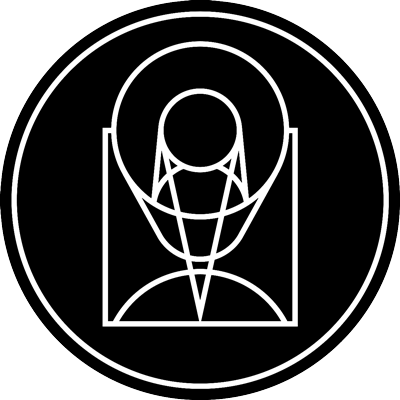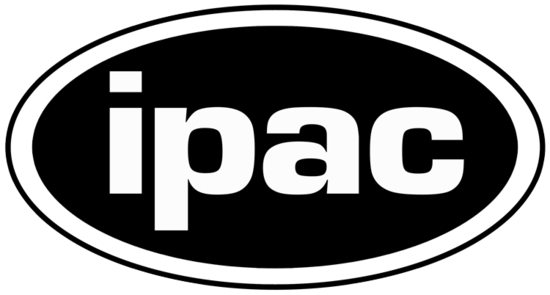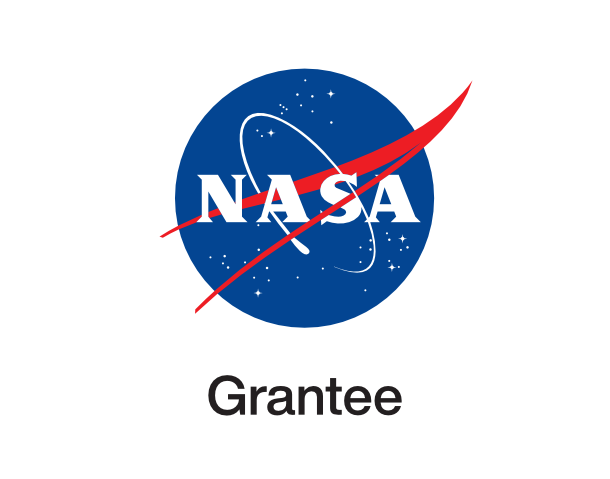Cosmic Community of Abell 1489

noirlab_iotw2518a April 30th, 2025
Credit: International Gemini Observatory/NOIRLab/NSF/AURAImage Processing: J. Miller & M. Rodriguez (International Gemini Observatory/NSF NOIRLab), M. Zamani (NSF NOIRLab)Acknowledgments: PI: Adi Zitrin (Ben-Gurion University of the Negev)
Punctuating the deep black of this Image of the Week are hundreds of blobs of light, each one an entire galaxy in our Universe. Many of the yellowish points are members of the galaxy cluster Abell 1489, imaged here using the Gemini Multi-Object Spectrograph (GMOS) on Gemini North, one half of the International Gemini Observatory, supported in part by the U.S. National Science Foundation and operated by NSF NOIRLab. Galaxy clusters are immense neighborhoods of galaxies gravitationally bound together. These massive formations serve as tools for astronomers to understand the Universe’s dark matter distribution, structure, and overall evolution. Astronomers classify galaxy clusters in several ways and have compiled multiple catalogs of clusters. This particular cluster has been labeled using the Abell classification scheme. Within this scheme, clusters are mainly sorted by their richness — the number of galaxies they contain — and their distance from us. Abell 1489 was categorized with a richness of Group 4. This means it has between 200 and 299 galaxies, which also makes it one of the richer clusters in the Abell catalogue. Abell 1489 appears fainter in most telescopes than other galaxy clusters, indicating that the structure is immensely distant from Earth. Yet images like this demonstrate the sensitivity of instruments like GMOS to resolve this cluster’s distant light and reveal its richness. This abundance is of particular importance for future study: the mass of all these galaxies together makes this cluster behave as a ‘magnifying glass’ to view light sources that are even farther away. These effects of gravitational lensing are visible as arcs of light, such as in the upper middle section of this image. The Gemini telescopes are some of the few telescopes that can show lensing in such clarity.
Provider: NOIRLab
Image Source: https://noirlab.edu/public/images/iotw2518a/
Curator: NSF's NOIRLab, Tucson, AZ, USA
Image Use Policy: Creative Commons Attribution 4.0 International License

- ID
- iotw2518a
- Subject Category
- Subject Name
- Abell 1489
- Credits
- International Gemini Observatory/NOIRLab/NSF/AURAImage Processing: J. Miller & M. Rodriguez (International Gemini Observatory/NSF NOIRLab), M. Zamani (NSF NOIRLab)Acknowledgments: PI: Adi Zitrin (Ben-Gurion University of the Negev)
- Release Date
- 2025-04-30T12:00:00
- Lightyears
- Redshift
- Reference Url
- https://noirlab.edu/public/images/iotw2518a/
- Type
- Observation
- Image Quality
- Distance Notes
- Facility
- Gemini North, Gemini North, Gemini North
- Instrument
- GMOS-N, GMOS-N, GMOS-N
- Color Assignment
- Blue, Green, Red
- Band
- Optical, Optical, Optical
- Bandpass
- g, r, i
- Central Wavelength
- 475, 630, 780
- Start Time
- Integration Time
- Dataset ID
- None, None, None
- Notes
- Coordinate Frame
- ICRS
- Equinox
- J2000
- Reference Value
- 183.07920857136708, 27.550169160242334
- Reference Dimension
- 1882.0, 1682.0
- Reference Pixel
- 941.0, 841.0
- Scale
- -4.4982955217886245e-05, 4.4982955217886245e-05
- Rotation
- -19.939999999999984
- Coordinate System Projection:
- TAN
- Quality
- Full
- FITS Header
- Notes
- Creator (Curator)
- NSF's NOIRLab
- URL
- https://noirlab.edu
- Name
- Telephone
- Address
- 950 North Cherry Ave.
- City
- Tucson
- State/Province
- AZ
- Postal Code
- 85719
- Country
- USA
- Rights
- Creative Commons Attribution 4.0 International License
- Publisher
- NSF's NOIRLab
- Publisher ID
- noirlab
- Resource ID
- iotw2518a
- Resource URL
- http://noirlab.edu/public/media/archives/images/original/iotw2518a.tif
- Related Resources
- Metadata Date
- 2024-11-22T18:14:42+01:00
- Metadata Version
- 1.1
Detailed color mapping information coming soon...













